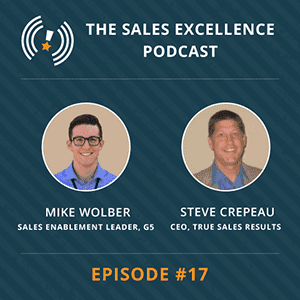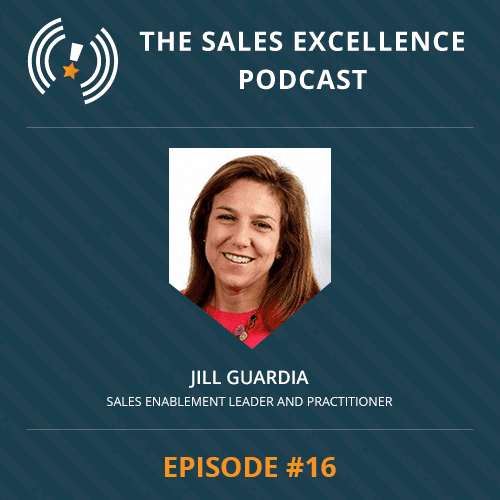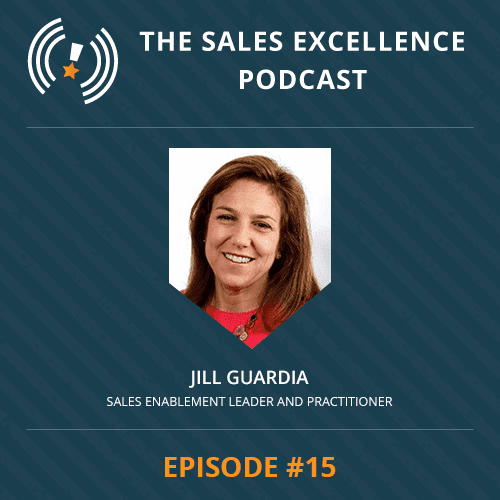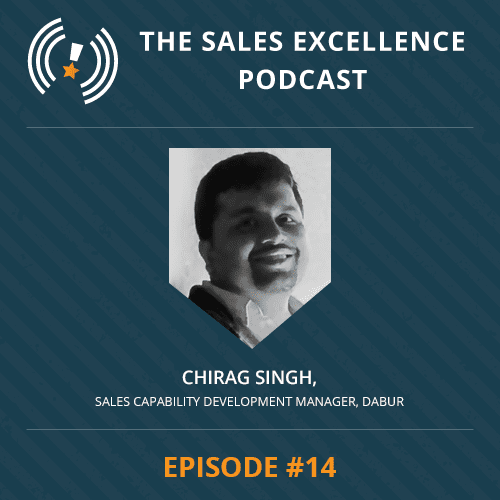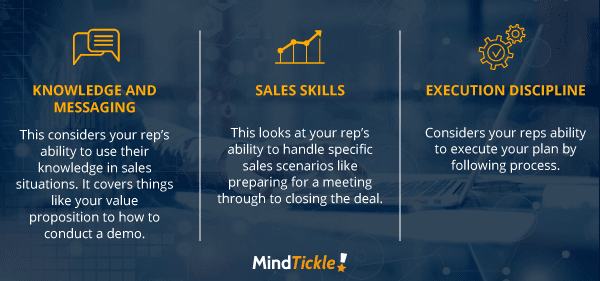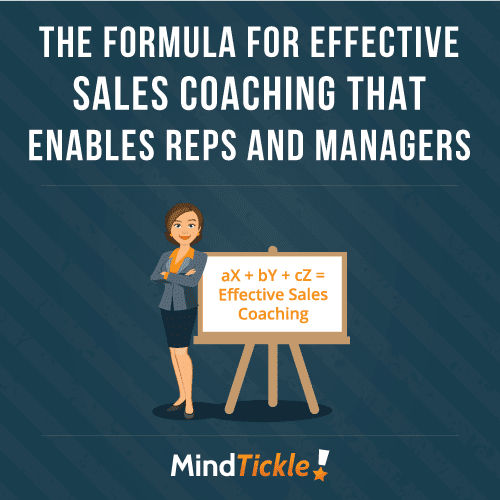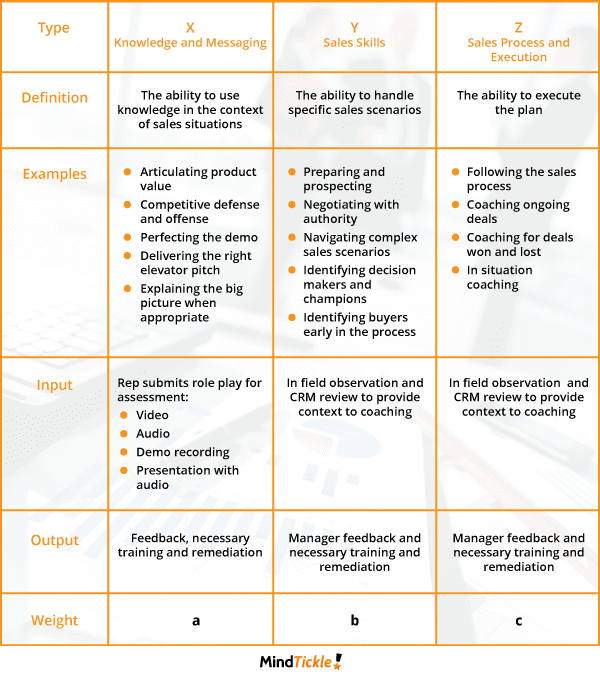In Conversation with Dabur on Sales Effectiveness
Shrimithran R
on
June 13, 2017
This post is based on an interview with Chirag Singh, Sales Capability Development Manager at Dabur. You can listen to the podcast here.
Dabur is the world’s largest Ayurvedic and natural healthcare company. With over 2,000 sales reps Dabur has certainly had its challenges finding the best way to train and coach its salespeople working in different geographical regions. Chirag Singh who leads the sales capability development function at Dabur talk to us about how this FMCG giant enabled their sales team, regardless of their location.
Their sales organization structure has many levels
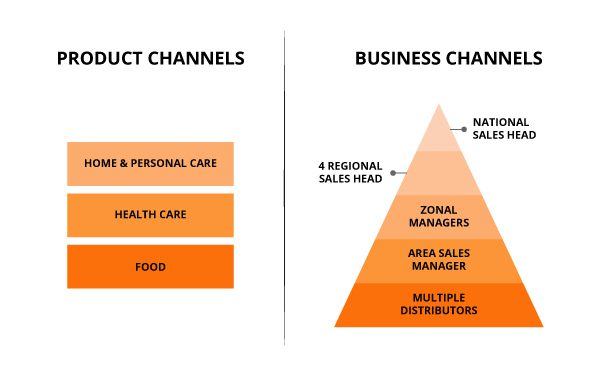

FMCG sales reps require specific skills
Sales in the FMCG space is very different to B2B sales. Sales reps require very different skill sets to deal with the unique challenges of their business model, where they deal with a range of distributors from large chains to mom and pop stores.
Apart from the typical negotiations, conflict management, and partner management skills, it’s important to drive process adherence. Coaching focuses not only on team handling and negotiations skills but also basic analytical skills. This helps identify whether sales reps are able to interpret data as expected.
Prioritizing sales readiness initiatives was crucial
It was important for Dabur to create a strategy for their initiatives that focused on the skill sets that their reps needed to improve. To achieve this, prioritizing their initiatives was crucial, particularly when you consider the size of their team. To improve the sales effectiveness of their team Dabur implemented several initiatives.
“The most important initiative, and one of the most basic is to standardize the onboarding process for all new hires in the sales team. Dabur is a large and diverse organization so it is even more important to have a standard onboarding system in place. We use Mindtickle to provide us with visibility on the learning curve of every new hire in the sales team,” explains Singh.
Dabur also had a long-term vision for their digital sales readiness initiatives that extended beyond sales onboarding.
“Another thing that is really helping us is the creation of a knowledge bank. This is a repository of all sales processes and sales related collaterals. Since the Mindtickle platform is online and agile, it is much easier for us to add and update modules as and when there is a change in our process. It’s been about 8 months since we started and this has now become a part of our daily work,” continues Singh.
Managers have visibility into every sales rep’s progress
“Using a platform like Mindtickle gives us visibility into what skills each rep needs to improve. That is the greatest benefit we’ve obtained from this initiative. Improvement takes time, for some individuals it can take a few weeks, and for some, it can take a few months. It really depends on the kind of work assigned to them,” explains Singh.
Dabur’s initiatives also help them identify and fix their rep’s knowledge gaps. They have implemented a manager led feedback system that has been essential to their sales transformation program.
“Mindtickle allows us to track the coaching tasks given to each sales rep after the fact. We then involve the manager, using a feedback mechanism, to review the improvement in their reps’ performance and actually give them feedback. This process is really helping us drive effectiveness and improve our performance,” explains Singh.
By leveraging technology Dabur has automated and simplified its sales process. At the same time, they have brought their sales team much closer towards their end goal of achieving best-in-class sales effectiveness.



